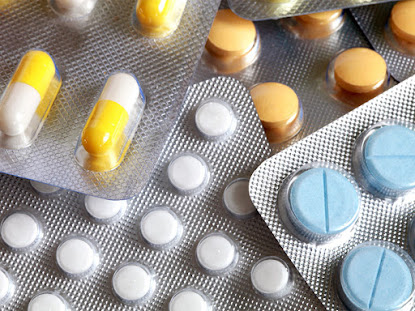Dapaglyn (Dapagliflozin) Uses, Side Effects - Get A Quote
Dapaglyn (Dapagliflozin) Uses, Side Effects - Get A Quote
Dapagliflozin, marketed under the brand name Dapaglyn, is a medication used in the treatment of type 2 diabetes mellitus. It belongs to a class of drugs called sodium-glucose co-transporter 2 (SGLT2) inhibitors. Dapagliflozin works by blocking the reabsorption of glucose in the kidneys, thereby increasing urinary glucose excretion and lowering blood glucose levels.
Here are some of the main uses of Dapagliflozin:
Type 2 diabetes management: Dapagliflozin is primarily prescribed to lower blood sugar levels in adults with type 2 diabetes. It is typically used alongside diet and exercise to improve glycemic control.
While Dapagliflozin has several benefits, it's important to be aware of potential side effects. Some common side effects of Dapagliflozin may include:
Genital yeast infections: Dapagliflozin can increase the risk of developing genital yeast infections, particularly in women. Symptoms may include itching, burning, and unusual discharge.
Urinary tract infections (UTIs): UTIs are more common in people taking Dapagliflozin. Symptoms may include a frequent urge to urinate, pain or burning during urination, and cloudy or bloody urine.
Increased urination and thirst: Dapagliflozin can lead to increased urine production and excessive thirst due to its mechanism of action.
Hypotension: Dapagliflozin may cause a temporary drop in blood pressure, especially in individuals with a history of low blood pressure or who are taking blood pressure-lowering medications.
Ketoacidosis: Although rare, Dapagliflozin has been associated with a potentially life-threatening condition called diabetic ketoacidosis, characterized by high ketone levels in the blood.
It's important to note that this is not an exhaustive list of side effects. If you experience any unusual symptoms while taking Dapagliflozin, it's crucial to consult your healthcare provider.
Conclusion:
In conclusion, Dapagliflozin (Dapaglyn) is a medication used for the management of type 2 diabetes. It helps lower blood sugar levels by increasing urinary glucose excretion. While it can be effective in controlling diabetes, it is important to be aware of potential side effects such as genital yeast infections, urinary tract infections, increased urination and thirst, hypotension, and the rare occurrence of ketoacidosis. It's always recommended to discuss the risks and benefits of any medication with your healthcare provider to ensure its appropriateness for your specific condition.




Comments
Post a Comment